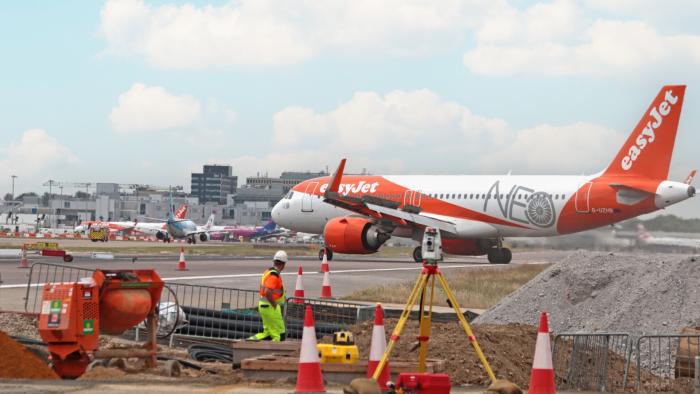The RET was used by more than half (56%) of all arrivals in its first four days of operation, said Gatwick. Prior to its construction, some aircraft would narrowly miss the first taxiway to exit the runway, for example if they landed later than anticipated, weather conditions made braking more challenging, or they were flying with a heavier load than normal. This would result in the aircraft travelling slowly along the runway to the next taxiway exit, which could take an extra 20 seconds or more due to the distance.
By achieving a more efficient exit, the airport’s runway will perform more consistently, supporting all pilots but particularly those who are less familiar with London Gatwick, the Vinci Airports hub said. More pilots are now able to take the first exit, and if they miss the first exit then the time to the second exit is much lower, meaning they are less likely to impact other aircraft.
According to the airport, this means that air traffic controllers can be more confident in the performance of landing aircraft, reducing delays, the likelihood of go-arounds, and holding times for aircraft waiting to depart.
Gavin Sillitto, transformation programme lead at London Gatwick, said: “For aircraft exiting the runway, it is like the speed of turning onto a motorway slip road rather than onto a suburban street. Putting an exit in a place which is natural for how pilots normally brake, that can handle aircraft exiting safely at higher speeds, increasing resilience, reducing delays and limiting carbon and noise emissions.”
Construction began in 2020, before being briefly paused during the COVID-19 pandemic. At that stage the project was reviewed, resulting in a redesign that cut construction carbon emissions from the original plan by more than 10%.

